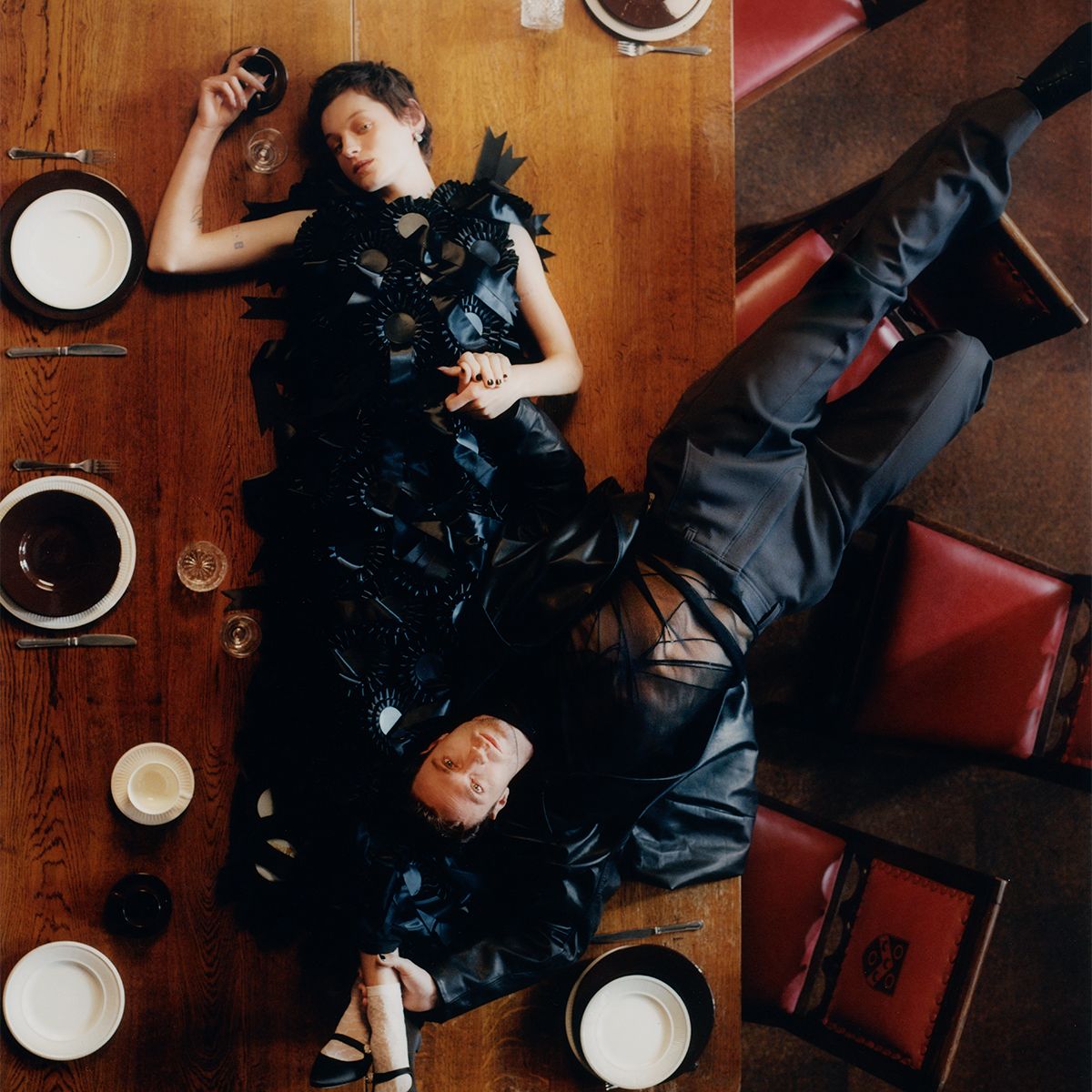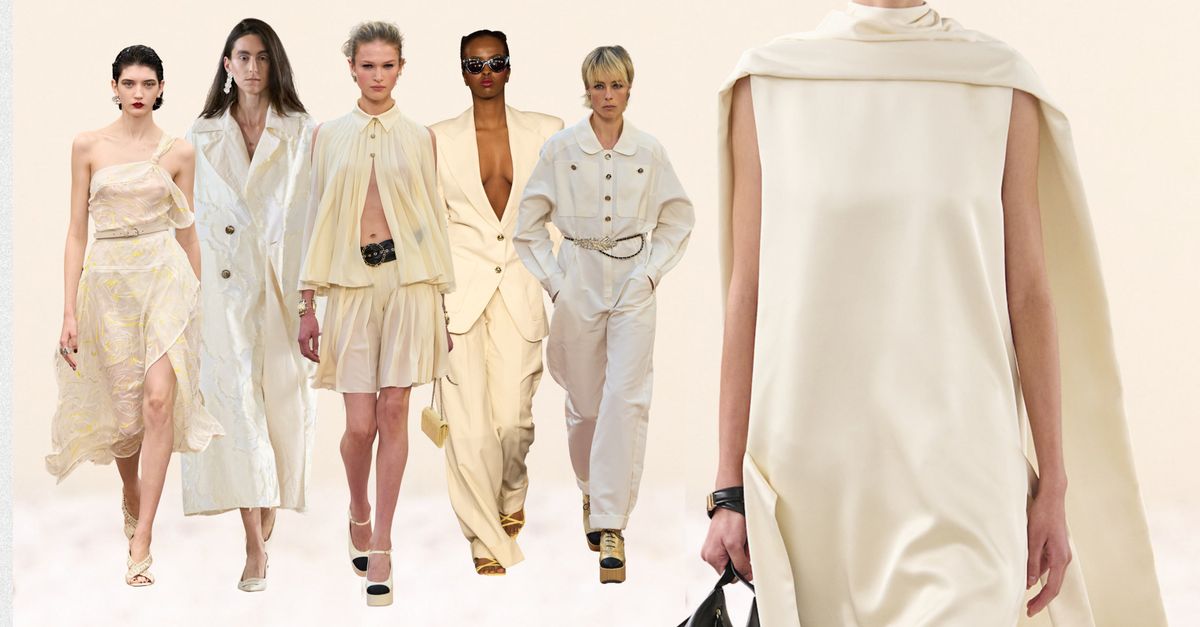Presented by Steven C. Miller’s Werewolves, Bloody Disgusting is looking to the stars and howling at the moon with WEREWOLVES WEEK. Today, Luiz H.C. explores the evolution of the werewolf/wolfman throughout cinema history.
Werewolf stories are much, much older than most folks seem to realize, with some of the earliest examples of lycanthropy dating all the way back to ancient Greece (though some scholars argue that wolfmen were already present in the Epic of Gilgamesh). That’s why I’ve always found it fascinating that much of what we’d consider to be the basis for modern werewolf mythology and iconography was actually made up by genre filmmakers.
From full moon transformations to pentagrams marking potential victims, werewolf lore is continuously being expanded by screenwriters attempting to make sense of thousands of years of oral tradition. And in honor of Steven C. Miller’s Werewolves in theaters on December 6, which re-imagines lycanthropy as a worldwide epidemic caused by a supermoon event, I think this is the perfect opportunity to dive into the history of cinematic werewolf deigns and how they evolved over the years in order to better adapt to society’s ever-shifting fears.
Of course, before we discuss the cinematic evolution of these furry freaks, it helps if we have a bit of historical context. After all, throughout most of our species’ existence, wolfmen weren’t seen as hybridized monsters but simply human beings who could transform into or somehow manifest the abilities of wolves and other similar beasts (with cultural variations of the myth including hyena-men in Africa/the Middle East and even the berserkers of Norse tradition).
This is why it makes sense that most so-called Dogman sightings – which describe bipedal monsters blending human and canine characteristics – only became popular after Hollywood introduced the world to iconic wolfmen sporting ripped clothes and plenty of yak hair.
The very first cinematic werewolf was more in line with traditional mythology than you might expect, with 1913’s The Werewolf telling the story of a Navajo woman who transforms into a wolf in order to defend her nation against colonizers. While notable for its surprisingly progressive themes, this now-lost short used a dog as a placeholder for the titular monster, which is likely why it didn’t quite inspire worldwide nightmares like the first feature-length creature feature, Werewolf of London. Featuring minimalist makeup designed by effects guru Jack Pierce (with his work supposedly serving as an inspiration for Leigh Whannell’s upcoming Wolf Man), Stuart Walker’s 1935 classic had both creative and practical reasons for making its titular monster an effects-driven “manimal.” Not only was the uncanny design more memorable (while also allowing characters to recognize the cursed protagonist), but it was also much easier to direct a human being in makeup than an animal performer.
This would be the same approach taken by George Waggner in Universal’s 1941 film, The Wolfman. Jack Pierce actually returned to work on this movie, recycling unused concepts from his previous werewolf project and taking inspiration from his own Yorkshire Terrier when coming up with Larry Talbot’s monstrous form. The application process may have been grueling for Lon Chaney Jr, but this dog-faced design is still the image that most people conjure up in their heads when they hear the word “werewolf.”
Despite this, the film also references a more classical take on werewolves, with the initial bite wound that curses Talbot coming from a seemingly full-bodied wolf rather than a hybridized monster. While this can be interpreted as part of the story’s psychological angle, as the film suggests that the entire ordeal might just be a case of clinical lycanthropy, it could also imply that the iconic “Yorkshire” design is just a transitional stage before a complete and possibly irreversible transformation into a wolf.
For decades, Universal’s The Wolfman informed what werewolves looked like in all kinds of media, inspiring everything from Marvel’s Werewolf by Night to a plethora of Hammer horror releases. It was only with the rise of more advanced special effects technology in the early ’80s that filmmakers decided to tell stories about more monstrous werewolves and their disturbing transformations. This is when werewolf cinema began to incorporate elements of body horror, with updated prosthetics and animatronics making it possible to depict the turning itself into a source of painful-looking terror.
It’s generally accepted that this lycanthrope revolution came about in 1981 with the release of two effects-heavy werewolf stories in the span of a single year, namely Joe Dante’s The Howling and John Landis’ An American Werewolf in London. While the former film used a combination of animatronics, suitmation and even stop-motion to bring bipedal dogmen to life (with the creatures looking much more like modern-day cryptid sightings), the latter decided to return to the quadrupedal monster of ancient mythology – albeit with an uncanny twist due to its human-like proportions.
From this point on, it can be argued that every single effects-driven werewolf production would either stick to the nostalgic makeup of yore or choose to follow the example of one of these two influential ’80s movies, with flicks like Silver Bullet and Dog Soldiers taking the Howling approach while others like Ginger Snaps went the American Werewolf in London route.
Of course, the inevitable rise of affordable CGI during the late ’90s and early 2000s also meant that ditching the monstrous hybrids was finally a realistic option, with digital facsimiles of real wolves infamously replacing makeup and four-legged actors in films like Twilight and its sequels. However, after so many years of actors under copious amounts of prosthetic fur, it seems that audiences almost unanimously prefer the Hollywood version of the monster even in CGI.
And with so many monstrous designs to choose from, it makes sense that a lot of modern werewolf movies tend to focus more on giving the mythology a fresh coat of paint rather than the beasts themselves. For instance, it seems that international creature features have been incorporating more ideas from non-European folklore into werewolf stories, with films like Fangs & Fury going so far as to turn wolfmen into kung-fu-fighting superheroes. Here in Brazil, we’ve even had movies like Good Manners (which features an adorable werewolf pup) and the 2024 short You Don’t Have to Apologize (which boasts a much subtler transformation meant to invoke primal fury) that touch on the demonic/supernatural origins of the curse while also using the monster movie format as a lens for exploring queer themes.
As werewolf films continue to evolve, the only real constant is the idea that predatory beast-men seem to be an inherent human fear present in nearly all cultures. With that in mind, I can’t wait to see what new twists and fresh designs filmmakers will come up with next, as I don’t think we’ll be running out of interesting takes on wolfmen anytime soon.
Werewolves claws into theaters this Friday, December 6, 2024. Get tickets now and enter to win a custom werewolf head by legendary SFX maestro Alec Gillis.








































:quality(85):upscale()/2024/12/10/036/n/1922564/c299e12e6758d42210a692.69501672_.jpg)















![OG Boo Dirty Fet Finesse2Tymes – “Unappreciated” [Official Music Video] OG Boo Dirty Fet Finesse2Tymes – “Unappreciated” [Official Music Video]](https://i.ytimg.com/vi/uaEFrPJHASg/maxresdefault.jpg)


























